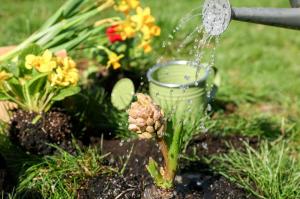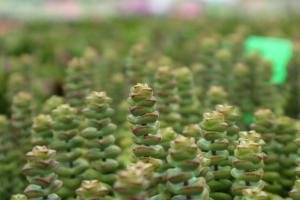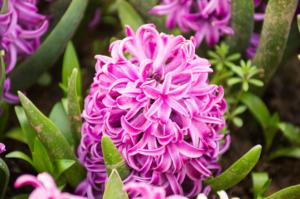When trimming a rubber tree plant
Trimming a rubber tree plant is an important part of its overall care. Not only does it help the plant maintain its shape, but it also encourages healthy growth and can prevent the plant from becoming too large or unmanageable. Here are some tips on when and how to properly trim a rubber tree plant.
When to trim
The best time to trim a rubber tree plant is in the spring or summer, when the plant is actively growing. Avoid trimming during the fall or winter, when the plant is dormant and less likely to respond well to pruning.
How to trim
To trim a rubber tree plant, begin by inspecting the plant for any dead or damaged leaves. These should be removed first, as they can attract pests or diseases and prevent the plant from growing properly. Use pruning shears to carefully cut the leaves off at their base, making sure to avoid damaging the stem or any surrounding leaves.
Next, determine which branches or stems need to be trimmed. Rubber tree plants can grow quite tall and wide, so it's important to prune them regularly to prevent them from becoming unmanageable. Look for branches that are growing too long or crossing over other branches, as well as any stems that are too thick or crowded. Use pruning shears to cut these back to the desired length, making sure to cut just above a leaf node to encourage new growth.
It's important to note that rubber tree plants can exude a white, milky sap when cut, which can be irritating to the skin. Wear gloves and long sleeves when pruning, and try to avoid getting sap on your skin or clothing.
Aftercare
After trimming a rubber tree plant, be sure to give it proper aftercare to encourage healthy growth. Water the plant thoroughly and apply a balanced fertilizer to help it recover from the stress of pruning. Keep the plant in a warm, bright location, but out of direct sunlight, and make sure it's getting adequate humidity. Monitor the plant closely for any signs of stress or disease, and take action quickly if you notice any problems.
In conclusion, trimming a rubber tree plant is an important part of its overall care. By pruning regularly, you can help the plant maintain its shape, promote healthy growth, and prevent it from becoming too large or unmanageable. With the right tools and techniques, trimming a rubber tree plant is a simple and straightforward process that can be done by even novice gardeners.

 how many times do yo...
how many times do yo... how many planted tre...
how many planted tre... how many pine trees ...
how many pine trees ... how many pecan trees...
how many pecan trees... how many plants comp...
how many plants comp... how many plants can ...
how many plants can ... how many plants and ...
how many plants and ... how many pepper plan...
how many pepper plan...































